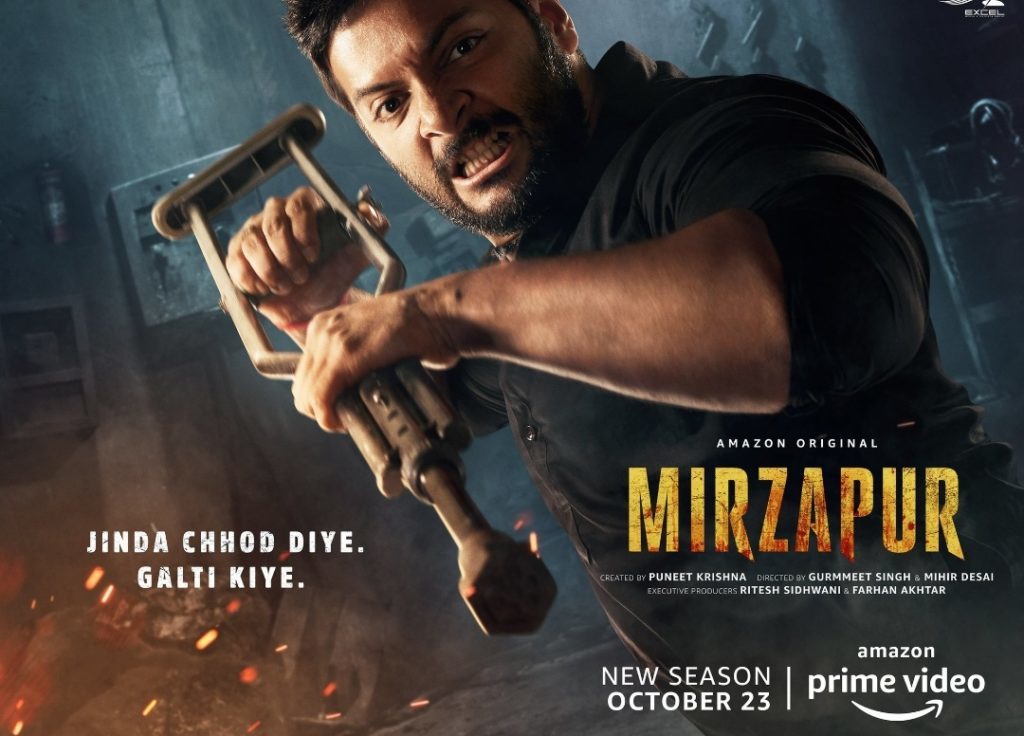Govt Not Happy With Netflix, Amazon, Hotstar Over Self-Censorship; Wants To Know What Is Restricted Content?

We have been incessantly covering topics related to censorship on OTT (Over the Top) platforms, like Netflix, Amazon Prime and Hotstar, among others.
About two weeks back, the Supreme Court had sought the Centre’s plea on a PIL targeted towards setting up an autonomous regulatory body for monitoring the content on the OTT platforms.
Now, the third version of Self-Regulation Code for Online Curated Content Platforms released by the IAMAI, signed by such video streaming platforms have been in hotheads with the government about ‘what’ comprises restricted content.
Contents
Need for Self-Regulation Code
Currently, there is not a single law or an autonomous body for monitoring/regulating the content uploaded by digital platforms, which are purely unscreened/unfiltered.
In order to come up with a solution to monitor the content being uploaded by digital media platforms, the MoI&B asked the IAMAI to come up with a well-drafted self-regulatory code for the same.
However, the guidelines proposed by the latter to self-regulate the content was extremely unsatisfying, as reported by the MoI&B.
15 Major Platforms Sign the Code
Despite having signed the 3rd version of the self regulatory code by 15 Online Curated Content Providers (OCCPs), there are clashes in opinions between the platforms on what prohibited content should be.
Nevertheless, talks and deliberations between them are still in process.
Of a total 35 video streaming platforms in the country, the new regulatory code was signed by 15 major OCCPs last month. They consist of:
- Zee5,
- Viacom 18,
- Disney+ Hotstar,
- Amazon Prime Video,
- Netflix,
- MX Player,
- Jio Cinema,
- Eros Now,
- Alt Balaji,
- Arre,
- HoiChoi,
- Hungama,
- Shemaroo,
- Discovery Plus, and
- Flickstree.
What Does the Self-Regulation Code Comprise Of?
This code majorly states the presence of a strict regulatory body, which will heavily drive a grievance redressal mechanism.
This will be set up to address customer complaints over topics like offensive/violable content streamed by these platforms.
This move was initially not accepted by Netflix and Zee5.
The new code also restates these streaming bodies to provide content descriptions, age ratings and parental controls on their platforms.
Meanwhile, a Consumer Complaints Department along with an internal advisory committee/panel of minimum 3 members should be set up, which would look into issues related to customer complaints.
Scope of ‘Restricted Content’ ?
As per the new regulation code, any content not permitted under the
- Indian Penal Code (IPC),
- Code of Criminal Procedure (CrPC), and
- Information Technology Act, 2000
shall be prohibited to stream.
Even though the industry sources have agreed that restricted content would include any content which,
- is banned by courts,
- disrespects the national emblem and flag,
- promotes terrorism or violence against the state,
- shows children in sexual acts, or
- promotes and encourages disrespect to the sovereignty and integrity of India,
there still lies an unclarity upon the actual breakdown of the term ‘restricted content’.
This is where the government is unhappy.

Comments are closed, but trackbacks and pingbacks are open.